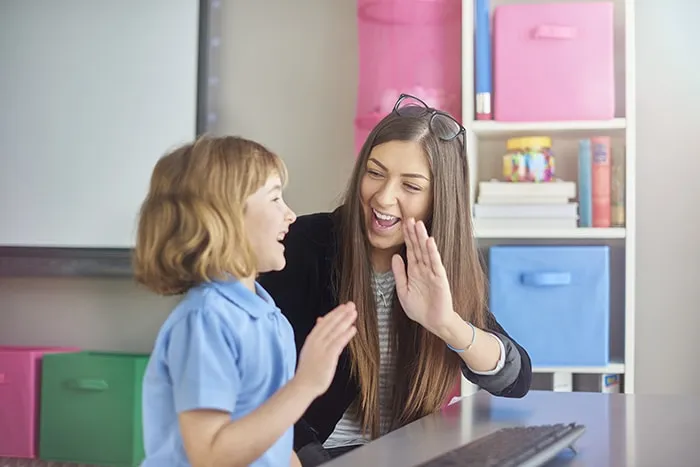July 18, 2016
Using Star Assessments as a SATs monitor
Every year schools in England are faced with a week of national assessments when children up and down the country have to sit their SAT tests. The results of these determine whether each child has reached an ‘expected’ standard, essentially a national performance benchmark against which schools are inevitably judged.
 It’s not surprising then, that many schools strive year on year to try and better predict the outcome of the SAT test. The holy grail would be to have a reliable SATs monitor which could accurately predict the SAT test results – but the reality is that this just does not exist.
It’s not surprising then, that many schools strive year on year to try and better predict the outcome of the SAT test. The holy grail would be to have a reliable SATs monitor which could accurately predict the SAT test results – but the reality is that this just does not exist.
However, when using Star Reading or Star Maths as a school assessment tool, the data and insight which can be accessed from the detailed reports can actually be used as a reliable indicator of how individual children will perform in the reading or maths SATs test.
Crucially, using Star as a SATs monitor in this way is not designed to simply remove any uncertainty around the final SAT test results. Instead, it is intended to give teachers guidance on which children need interventions. By correlating Scaled Scores from within Star Assessments with previous SAT test results, schools can start to establish a benchmark which typically acts as a threshold to identify those children who are not on course to reach the expected standard.
Using Star Assessment to measure SAT test results
By introducing interventions to help children improve their maths and reading skills, schools can then use Star as a sort of SATs monitor to track progress towards the target benchmark. Some schools have done this successfully for several years and have shared the process of how they correlate Star scores with the results of a SAT test. Learn more about how schools have been using Star Assessments to successfully predict SAT test results here.
